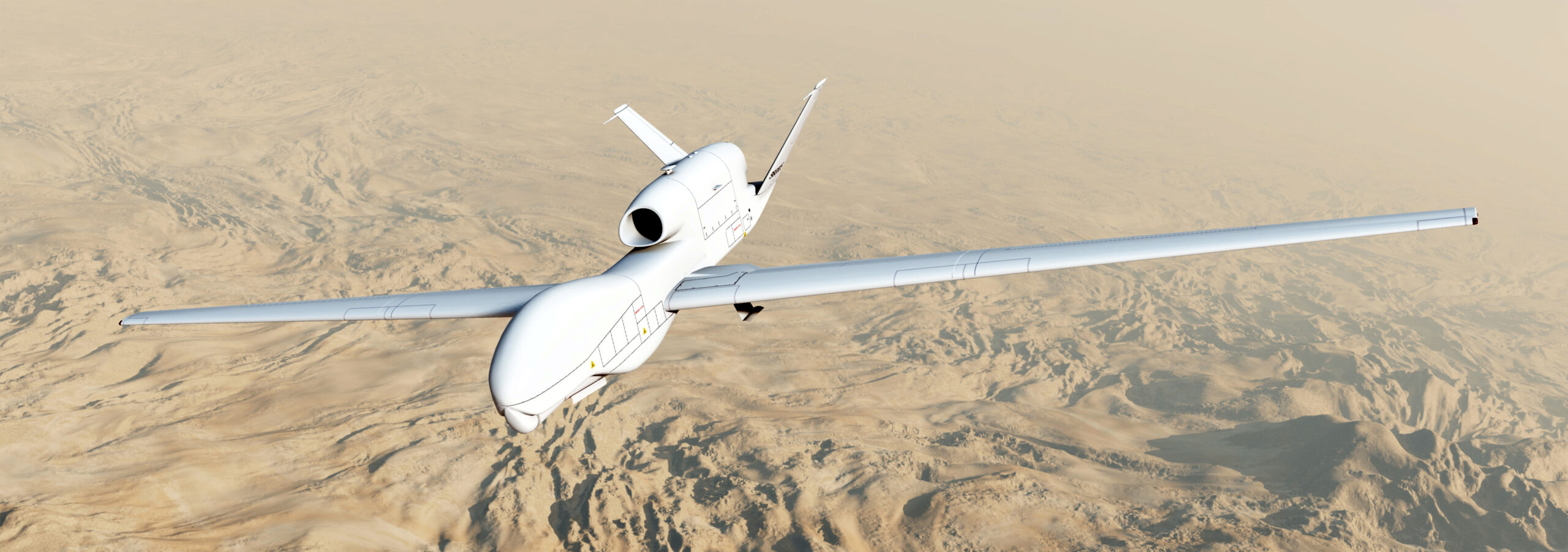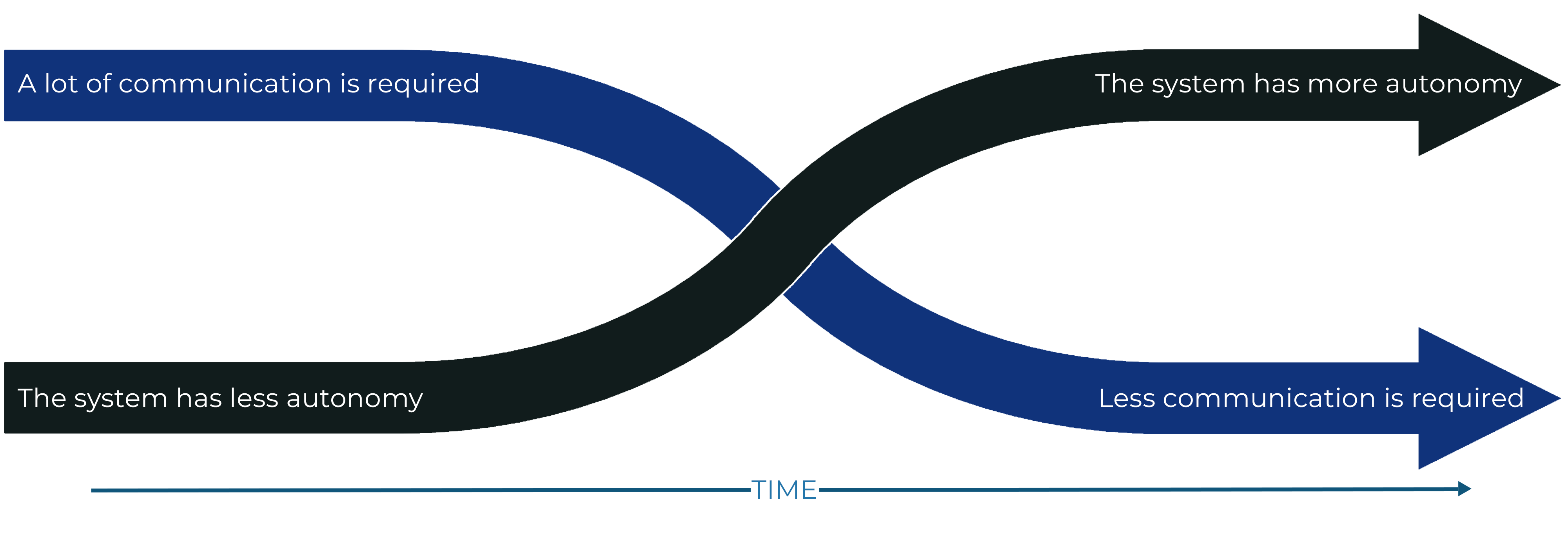Scaling Unmanned Operations for Defense
April 2022
In this post, we explore some of the opportunities and challenges facing unmanned operations in the defense sector.
Artificial intelligence (AI), which manifests itself in different forms, from website chat boxes to unmanned military operations, is broadly defined as any system or machine that is designed to imitate human intelligence, in order to perform tasks and improve upon itself using the increasing amount of information it collects.
Machine learning (ML) is a subcategory of AI, which relies on inputting data into algorithms in order to predict outcomes. Just as the term suggests, the machine learns how to predict more accurate outcomes without being explicitly programmed to do so. In the beginning stages of machine learning, a lot more data needs to be inputted because the machine is less autonomous. To make up for the lower levels of autonomy, more communication between users is necessary to conduct operations. As the machine continues to learn, it becomes more autonomous; therefore, less communication is necessary.

The users must be able to trust the machine.
In any unmanned operation, the user has to be able to trust that the machine will do what it needs to, when it needs to. In order to overcome this hurdle, a balance must be struck between how much user communication is needed and how much autonomy the machines can and should have. The right balance would reduce the cognitive burden for the users while ensuring that the machines perform accurately and predictably. Also, the more data that is automatically processed, the less bandwidth is required for transmitting communications. We’ve previously summarized some of the benefits of narrower bandwidths, lower operating power, better signal strength, and less signal interference to name a few.
As of today, user communications cannot be completely eliminated from the UAS.
In a previous post, we defined an unmanned aerial vehicle (UAV) as a vehicle that is able to fly remotely, either with some sort of controller or autonomously. We also defined an unmanned aircraft system (UAS) as the UAV, its human pilot on the ground, and the operating system in place that connects the two of them all working together as a unit.
Consider a wolf pack scenario. Wolf packs have their own chain of command and instinctively follow it. Each member of the pack knows where to position themselves and what their job is during a hunt. While a fleet of UAVs might be intimidating to the target, managing the fleet can be a tricky situation for their operators. Currently, AI isn’t very collaborative. A single UAV in the fleet cannot accurately predict what its teammates will do. Communications are still needed for the kill chain (aka the structure of attack).
Developing an unmanned fleet is an evolutionary process that requires disruptive revolutionary technology.
This means that defense operations have to be adaptive. The United States military runs simulations and conducts training exercises based on various scenarios in order to not only train its personnel, but also provide its AI and unmanned machines with the proper learning environment. Additionally, the US military is constantly perfecting its software, developing more affordable machines, and analyzing how quickly AI will catch up with future technological breakthroughs.
Latest Posts

How Do Seasonal Changes Affect Antenna Performance?
Winter is officially in season! With its onset comes harsher weather conditions and colder temperatures. In this post, we explore how the changing seasons affect antenna performance.

The Role of Antennas in ISR
ISR stands for “intelligence, surveillance and reconnaissance.”
Intelligence is a broad term that refers to information gathering. Surveillance refers to closely observing a target itself, while reconnaissance mostly refers to a preliminary survey of an area to gain information.
